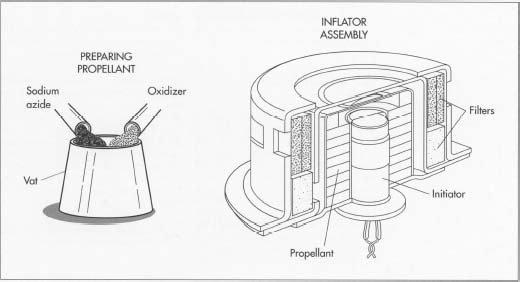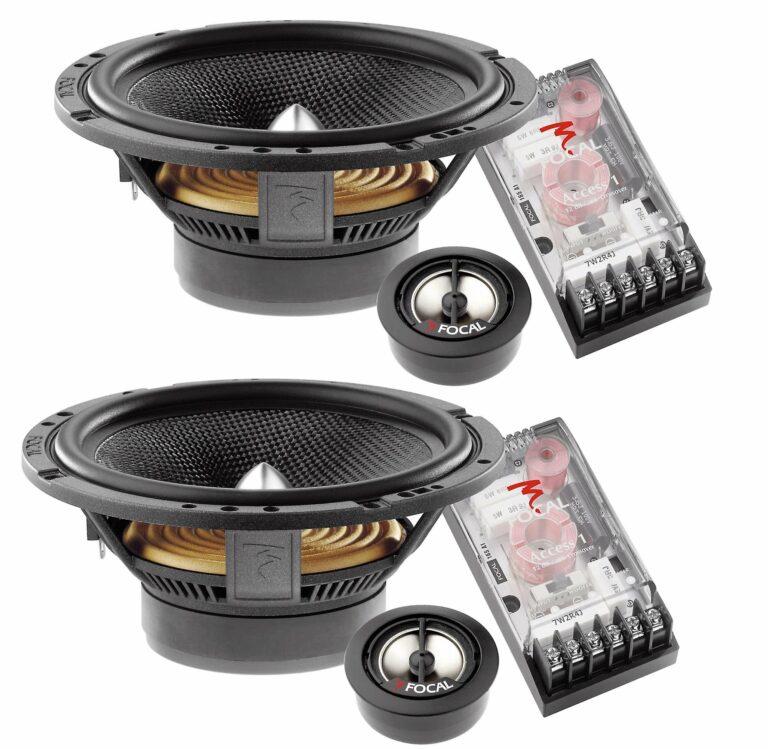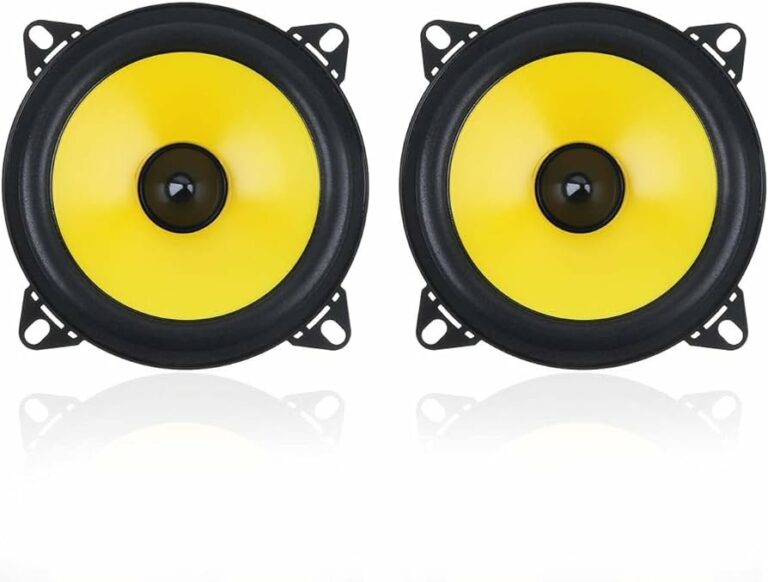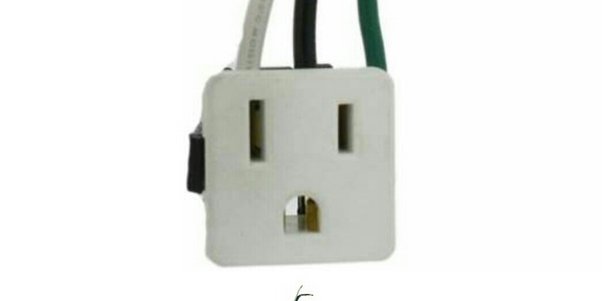Which Components Make Up the Airbag Assembly?
Which Components Make Up the Airbag Assembly? In the realm of automotive safety, airbags have become an essential feature to protect both drivers and passengers in the event of a collision. But have you ever wondered what actually makes up an airbag assembly?
Well, within this vital safety mechanism lie several key components that work together seamlessly to ensure its effectiveness. So, which of the following is a component of the airbag assembly? Let’s dive right into the discussion and uncover the crucial elements that contribute to this life-saving technology.
Which Components Make Up the Airbag Assembly?
The airbag assembly is a crucial component of modern vehicle safety systems. When a collision occurs, the airbag assembly is designed to deploy quickly and protect the occupants from severe injury. To better understand the importance and functionality of airbags, let’s delve into the various components that make up the airbag assembly.
1. Airbag Module
The airbag module is the central unit of the airbag assembly. It consists of the airbag itself, a fabric bag typically made from nylon, and an inflator. The airbag module is usually located in the steering wheel for the driver and in the dashboard for the front passenger. When a collision is detected by the vehicle’s sensors, the inflator rapidly fills the airbag with gas to cushion the impact.
Inflator
The inflator is a critical component within the airbag module. It contains an igniter that initiates a chemical reaction, which produces a gas to rapidly inflate the airbag. Commonly, the gas used is nitrogen or argon, as they are inert and non-flammable.
Fabric Bag
The airbag itself is a fabric bag designed to rapidly inflate and cushion the occupants during a collision. The fabric used is typically nylon, which is chosen for its strength, flexibility, and ability to withstand the forces generated during a crash. The airbag is folded and compactly stored within the module until it needs to be deployed.
2. Crash Sensors
Crash sensors, also known as impact sensors, are an integral part of the airbag assembly. These sensors detect sudden deceleration or impact forces that occur during a collision. They send signals to the airbag control module to trigger the deployment of the airbags. Modern vehicles often have multiple crash sensors strategically placed throughout the vehicle, including in the front, sides, and rear.
3. Airbag Control Module
The airbag control module, also referred to as the airbag control unit or electronic control unit (ECU), is responsible for monitoring the vehicle’s sensors and determining whether airbag deployment is necessary. This module receives inputs from the crash sensors and processes the data to make a timely decision.
4. Diagnostic Unit
The diagnostic unit is an essential component of the airbag assembly that is responsible for monitoring and diagnosing the system’s functionality. It continuously checks for any faults or malfunctions in the airbag system and activates a warning light on the dashboard if an issue is detected. This allows the driver to be aware of any potential problems and seek repairs.
5. Seat Belt Pretensioners
Seat belt pretensioners work in conjunction with the airbag assembly to enhance occupant safety during a collision. When a crash is detected, the seat belt pretensioners quickly retract the seat belts, removing any slack and firmly securing the occupants in their seats. This action reduces the forward movement of the occupants and ensures that the airbags can provide maximum protection.
6. Steering Wheel Module
The steering wheel module includes the airbag module specifically designed for the driver. It is mounted in the center of the steering wheel and is intended to protect the driver’s head and upper body during a frontal collision. The steering wheel module also houses various controls and buttons for operating the vehicle’s functions.
7. Passenger Airbag Module
The passenger airbag module is similar to the driver’s airbag module but is located in the dashboard on the passenger side of the vehicle. It is designed to protect the front passenger in the event of a collision. The passenger airbag module also incorporates weight sensors that help determine whether deploying the airbag is necessary based on the occupant’s weight.
8. Wiring Harness
The wiring harness is a network of electrical wires that connect the various components of the airbag assembly. It ensures proper communication and power supply between the airbag control module, crash sensors, diagnostic unit, and airbag modules. The wiring harness must be securely installed and protected to prevent any short circuits or malfunctions.
9. Backup Power Supply
To ensure the airbag assembly functions even in the event of a vehicle power failure, backup power supplies are incorporated. These power supplies allow the airbag control module to operate independently of other vehicle systems, ensuring the timely deployment of airbags when needed.
10. Mounting Hardware
Mounting hardware includes brackets, screws, and other fasteners used to securely attach the airbag modules, crash sensors, and other components to the vehicle structure. Proper installation and secure mounting are critical to ensuring the airbag assembly functions as intended during a collision.
In conclusion, the airbag assembly is a sophisticated system comprised of several components working together seamlessly to enhance occupant safety during a collision. From the airbag module and crash sensors to the airbag control module and wiring harness, each component plays a vital role in the rapid and effective deployment of airbags when needed. Understanding these components helps us appreciate the intricate engineering behind these life-saving safety features in modern vehicles.
How an Airbag Works – Takata Recall Explained
Frequently Asked Questions
What are the components of the airbag assembly?
The airbag assembly consists of several components that work together to protect occupants during a collision. These components include the airbag module, which contains the actual airbag, the impact sensor, the diagnostic unit, the inflator, and the steering wheel cover. Each of these components plays a crucial role in the proper functioning of the airbag system.
What is the purpose of the airbag module?
The airbag module is a key component of the airbag assembly. Its main purpose is to house the airbag and provide a means of rapid inflation in the event of a collision. When the impact sensors detect a crash, the airbag module initiates the deployment process, rapidly inflating the airbag to provide a cushioning effect for the occupants.
What role does the impact sensor play in the airbag assembly?
The impact sensor is another important component of the airbag assembly. Its primary function is to detect the severity and direction of a collision. Once the impact sensor receives signals indicating a crash, it triggers the deployment of the airbag. This ensures that the airbag is only deployed when necessary, maximizing its effectiveness in protecting the occupants.
What is the purpose of the diagnostic unit in the airbag assembly?
The diagnostic unit is responsible for monitoring the status and functionality of the airbag system. It continuously checks the various components, including the impact sensors and the airbag module, for any faults or malfunctions. If an issue is detected, the diagnostic unit will trigger a warning light on the dashboard, alerting the driver to the need for servicing the airbag system.
What role does the inflator play in the airbag assembly?
The inflator is a vital component that works in conjunction with the airbag module. Its primary function is to rapidly generate gas during a collision, which inflates the airbag. The inflator contains a propellant that ignites when triggered by the impact sensor, causing a controlled chemical reaction that fills the airbag with gas to provide cushioning and protection to the occupants.
Final Thoughts
The airbag assembly consists of several crucial components. These include the airbag module, which contains the airbag itself and the inflator, responsible for rapidly inflating the airbag during a collision. The sensor system plays a vital role in detecting the impact and triggering the airbag deployment. Additionally, the diagnostic unit ensures the proper functioning of the airbag system. With an understanding of the components of the airbag assembly, one can appreciate the complex and interconnected nature of this life-saving safety feature in vehicles. Which of the following is a component of the airbag assembly? The airbag module, inflator, sensor system, and diagnostic unit are essential components in this critical safety system.





